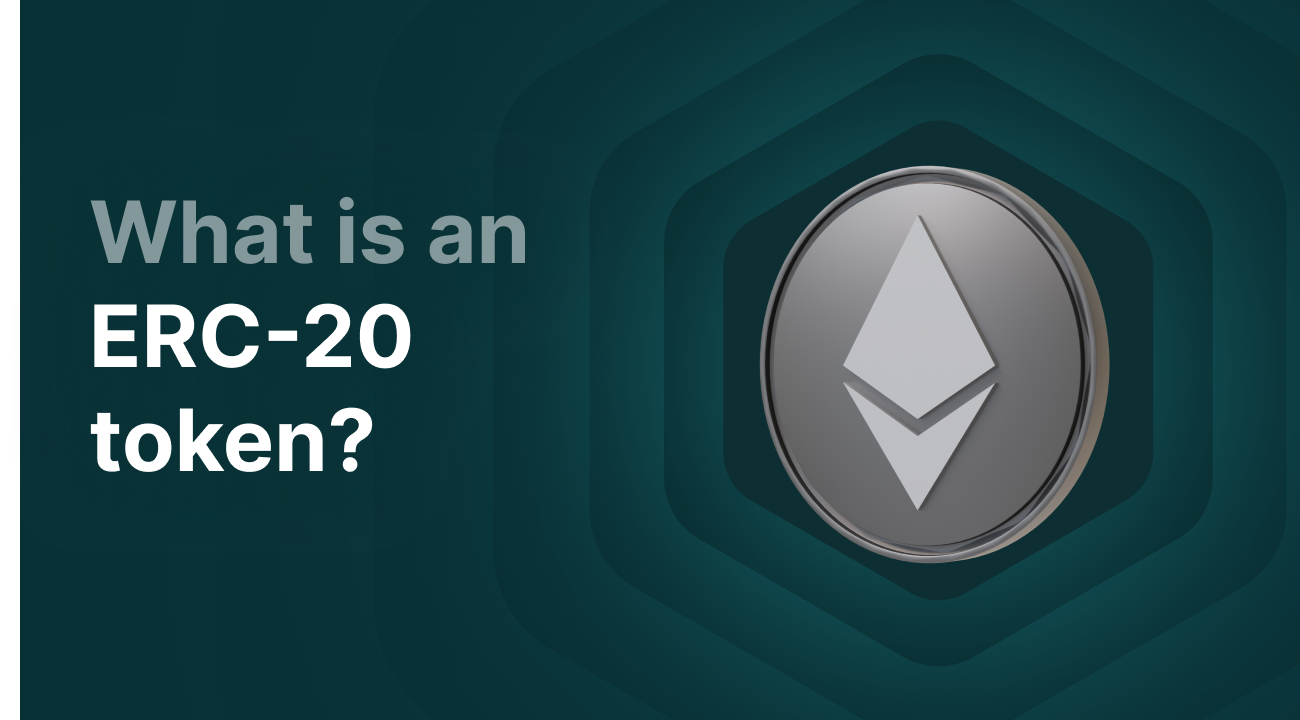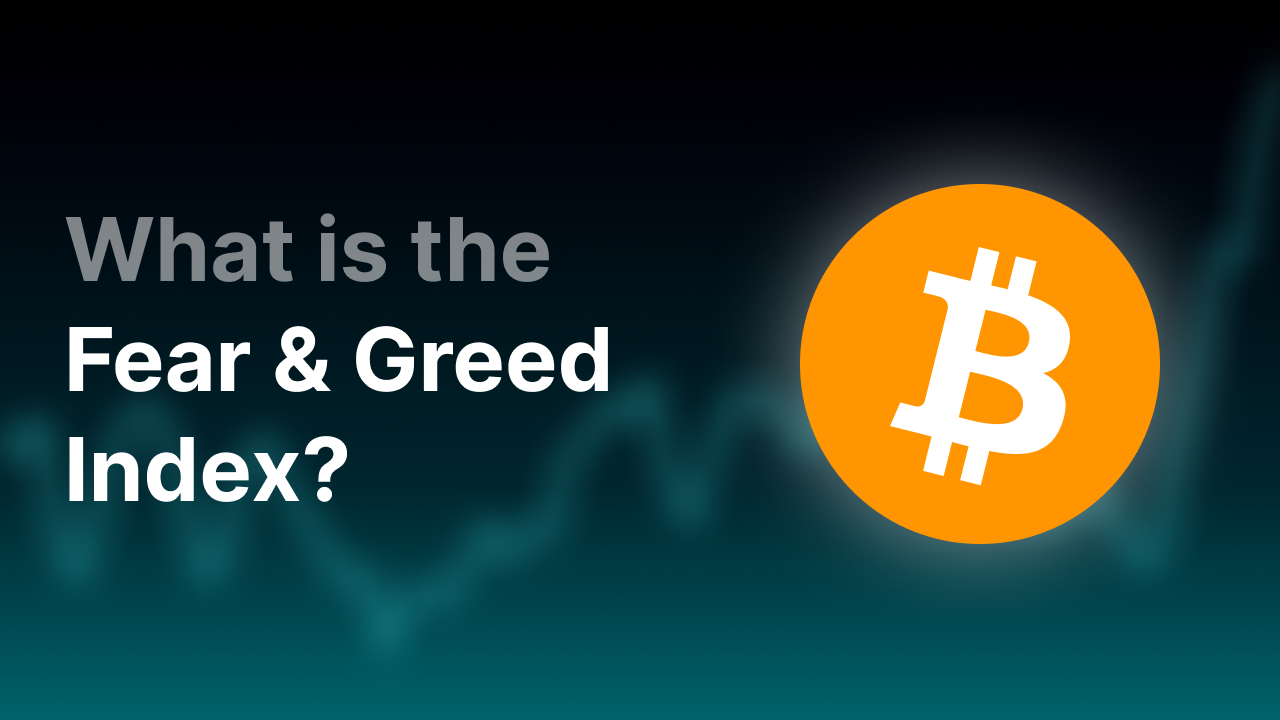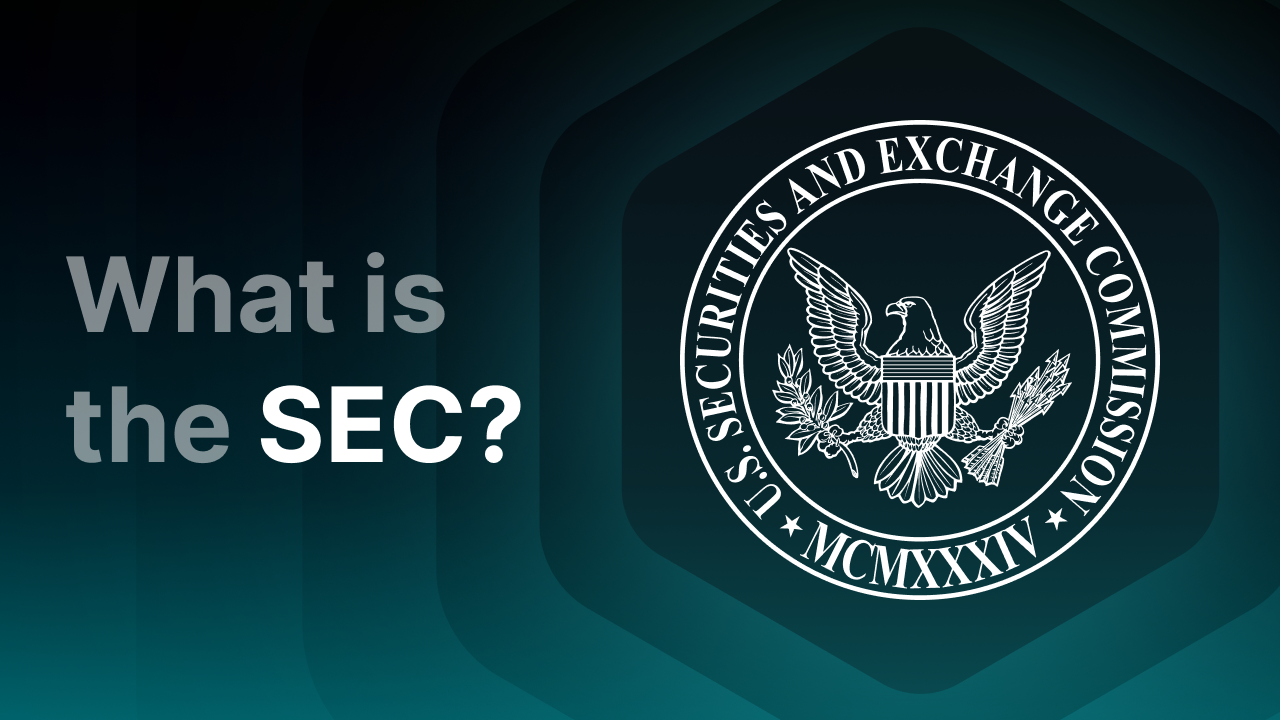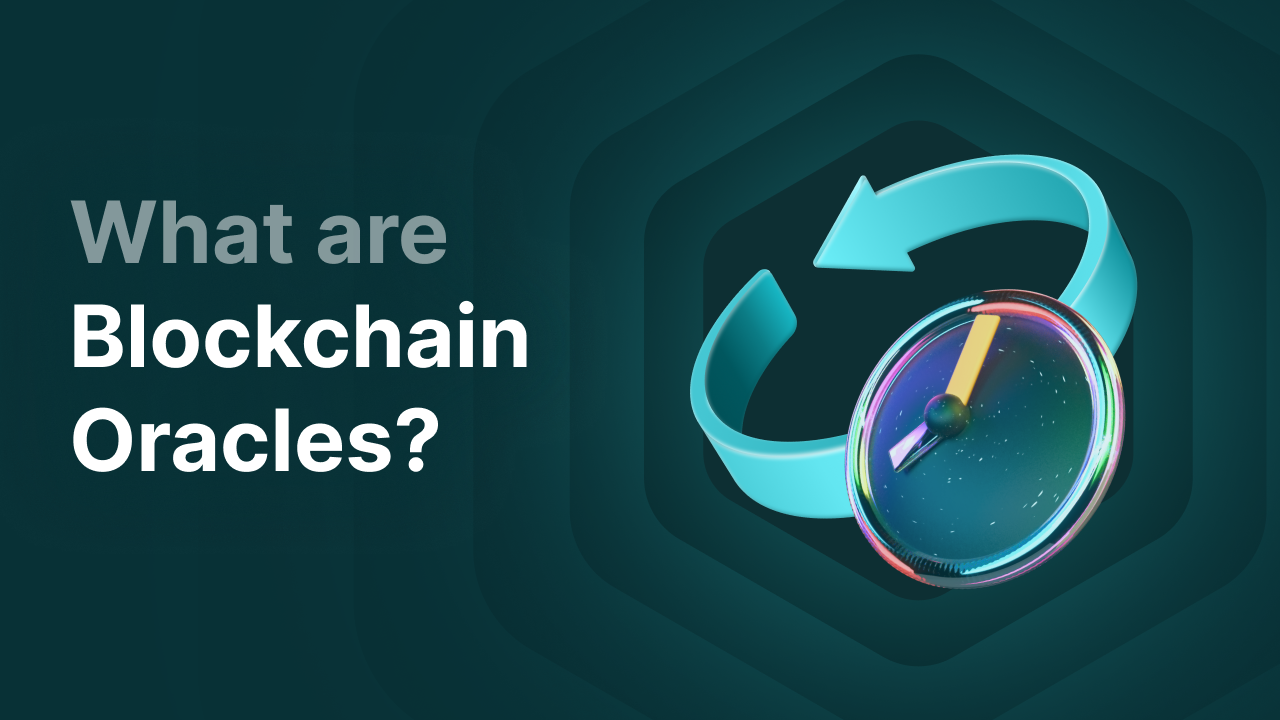What are ERC-20 tokens and what can you do with them?

What is an ERC-20 Token?
An ERC-20 token is a fungible token that runs on the Ethereum blockchain and stands for Ethereum Request for Comments 20. This is a technical standard consisting of a set of specifications on how the token should function. You can describe an ERC-20 as a contract that outlines how tokens should be transferred, how many tokens exist, and how transactions are approved.
The structure of ERC-20 was defined by developer Fabian Vogelsteller and was approved by the Ethereum community in 2017 through an Ethereum Improvement Proposal 20 (EIP-20).
Meanwhile, there are thousands of ERC-20 tokens functioning on the Ethereum blockchain. They all use the capabilities of the Ethereum ecosystem and its security. Transactions with ERC-20 tokens are stored on Ethereum.
There are ERC-20 tokens that use the transaction speed and cost of the Ethereum blockchain. These are ERC-20 tokens traded on the Ethereum mainnet. Additionally, there are ERC-20 tokens that can be traded on layer-2 scaling solutions, such as Arbitrum and Optimism. Thanks to these solutions (which use rollups), ERC-20 tokens can be traded faster and cheaper.
Through a crypto bridge, many ERC-20 tokens can be moved to layer-2 solutions, such as Arbitrum.
Key Takeaways
- ERC-20 is a universal standard for tokens on Ethereum, allowing them to work well with wallets, exchanges, and dApps.
- Developers can quickly create new ERC-20 tokens via smart contracts without building their own blockchain.
- ERC-20 tokens are widely accepted and operate on both Ethereum’s mainnet and layer-2 solutions like Arbitrum and Optimism.
- ERC-20 tokens can be securely stored in hardware wallets (such as Ledger and Trezor) and software wallets (such as MetaMask and Trust Wallet).
- ERC-20 laid the foundation for later standards such as ERC-223, ERC-721 (NFTs), and ERC-1155 (combined tokens).
Technical Specifications of ERC-20
ERC-20 is a token standard for Ethereum and is a smart contract. The standard consists of basic rules (technical specifications) that a token must meet. This set of rules ensures that the token functions properly on Wallets, exchanges, and dApps within the Ethereum ecosystem. The technical specifications include:
totalSupply: Shows the total number of tokens in circulation.balanceOf: Displays the token balance at a specific wallet address.transfer: Enables token transfers from one address to another.approve: Grants permission to spend a specific amount of tokens to another address.transferFrom: Allows an approved address to transfer tokens on behalf of the owner.allowance: Shows the remaining number of tokens an approved address may spend on behalf of the owner.
Thanks to these functions, ERC-20 tokens can be used within the Ethereum ecosystem and behave in a uniform way. This ensures that:
- The base code of each ERC-20 token is the same, making each token interchangeable.
- Tokens can be transferred and sent to any wallet address that supports ERC-20 tokens.
- The token supply cannot be manipulated arbitrarily; developers must predetermine the maximum supply.
How to Recognize an ERC-20 Token?
You can recognize an ERC-20 token by its smart contract. This is often shown in the token information on price tracking sites like CoinMarketCap. The structure always starts with 0x, followed by a series of numbers and letters, like the contract of SHIB, the ERC-20 token of the memecoin Shiba Inu.
Example of Shiba Inu's smart contract: 0x95ad61b0a150d79219dcf64e1e6cc01f0b64c4ce
The layout of the token standard (smart contract) can be found on a block explorer, such as Etherscan. This is fully open-source and transparent, allowing you to find everything about the token, such as verifying it's an actual ERC-20 token, the total supply, the number of holders (with balances), and the activity.
At Finst, we also often mention whether a token is an ERC-20 token. On our coin pages, we usually show under "network information" which network a token runs on. We also include the link to the corresponding smart contract.
Why is ERC-20 Important?
ERC-20 tokens are important for easily expanding Ethereum’s ecosystem and make it possible to launch new tokens with smart contracts that seamlessly interact. Previously, developers had to build a unique interface and integration for each token, which made it difficult for tokens to work together across wallets, dApps, and exchanges. With ERC-20, all tokens using the standard work together without issues. This has led to rapid development of Ethereum's ecosystem and exponential growth of tokens on Ethereum.
How Are ERC-20 Tokens Created?
ERC-20 tokens are created by writing smart contracts using Ethereum’s programming language, Solidity. Developers can use the token standard to define the token's properties, such as its name, ticker, total supply, and decimals.
After successfully defining the token standard, the new ERC-20 token can be deployed to the Ethereum blockchain network via the smart contract. To create the token, developers must pay gas fees. The amount depends on the complexity of the smart contract. The more bytes the code has, the more gas it requires. A simple ERC-20 contract costs between 200,000 to 400,000 gas, which during high network congestion may range from $40–$100. A more complex contract can require over one million gas, exceeding $200 in fees during peak times. Examples of complex contracts include tokens with governance and/or staking functions.
Examples of ERC-20 Tokens
Many large and well-known cryptocurrencies are ERC-20 tokens. Some notable tokens following the ERC-20 standard are:
- Arbitrum (ARB): ARB is an ERC-20 token functioning as a governance token on the Arbitrum network. Arbitrum is a layer-2 solution built on Ethereum. It uses rollups to bundle transactions and reduce mainnet load.
- Optimism (OP): OP, like ARB, is an ERC-20 governance token for Optimism. Optimism is another layer-2 solution using rollups (called Optimistic Rollups) to improve Ethereum's scalability and reduce transaction costs.
- USD Coin (USDC): USDC is a popular stablecoin pegged to the U.S. dollar. It is an ERC-20 token designed to provide price stability within and beyond the Ethereum ecosystem.
Advantages of ERC-20 Tokens
ERC-20 tokens have various advantages:
- Interoperability: The ERC-20 standard makes it easy to integrate tokens into dApps and wallets via smart contracts.
- Simple Creation: The standard simplifies token creation for developers without the need to build a new blockchain.
- Widespread Use: ERC-20 tokens are supported by most wallets and exchanges.
- Flexibility: Thanks to the standard's versatility, tokens can serve various functions, from utility tokens to stablecoins and staking.
Disadvantages and Risks
- Network Congestion: A growing number of ERC-20 tokens increases pressure on the Ethereum network, which can lead to congestion and high transaction costs.
- Security Risks: Smart contracts are flexible, which can be risky. Malicious actors may create flawed ERC-20 tokens to steal investments. Learn how to identify pump-and-dumppump-and-dump schemes and rug pulls.
ERC-20 Tokens and Initial Coin Offerings
ERC-20 tokens are often released through Initial Coin offerings (ICOs). Developers seek investors during an ICO to fund their project. Investors can invest in an ERC-20 token before its release, typically paying in ETH or another crypto in exchange for receiving ERC-20 tokens upon launch. The advantage of issuing ERC-20 tokens is the uniform standard, which ensures immediate compatibility with crypto wallets and Ethereum-based applications post-launch.
How Can You Store ERC-20 Tokens?
ERC-20 tokens can be stored in wallets compatible with the Ethereum network, such as hardware and software wallets. These wallets allow users to easily receive, store, and send ERC-20 tokens. It's essential to do this securely. Store your seed phrase safely and never share it or your private keys. When using smart contracts, understand the risks and how to use them properly.
Examples of hardware wallets compatible with Ethereum:
- Ledger Nano S / Nano X – Support Ethereum and thousands of ERC-20 tokens via the Ledger Live app or with external wallets like MetaMask.
- Trezor One / Trezor Model T – Offer support for Ethereum and ERC-20 tokens via Trezor Suite or MetaMask.
Examples of software wallets compatible with Ethereum:
- MetaMask – One of the most popular browser extensions and mobile apps to manage Ethereum and ERC-20 tokens.
- Trust Wallet – Mobile wallet with broad token support and direct dApp access.
- Exodus – User-friendly desktop and mobile wallet with support for Ethereum and ERC-20 tokens.
Which Other Ethereum Standards Exist?
Besides ERC-20, there are many other standards developers can use. The most important token standards are:
-
ERC-223: Designed to solve a problem with ERC-20 where tokens can be lost when sent to incompatible smart contracts. ERC-223 includes a mechanism to check whether the recipient is a smart contract and can handle tokens.
Use case: Commonly used in DeFi protocols or DEXs that frequently interact with smart contracts.
-
ERC-621: Adds functionality to ERC-20 for adjusting total supply later via minting or burning.
Use case: Ideal for DAOs and governance tokens to implement inflation or deflation policies.
-
ERC-721: The standard for non-fungible tokens (NFTs). Unlike ERC-20 tokens, each token is unique. It enables storing art, collectibles, and in-game items on the blockchain.
Use case: Predominantly used for NFTs and blockchain games.
-
ERC-1155: Combines features of ERC-20 and ERC-721. It’s a multifunctional token standard that can handle both fungible and non-fungible tokens in one contract. It allows for batch transactions, saving on fees.
Use case: Well-suited for blockchain gaming and metaverse projects. Enjin is a well-known platform using this standard.
Final thoughts
An ERC-20 token is a standard for fungible tokens on the Ethereum blockchain. This standard defines how tokens behave, such as during transfers, approvals, and balance queries. Thanks to these uniform rules, ERC-20 tokens are widely usable in wallets, dApps, and exchanges. Well-known tokens like ARB, OP, and USDC use this standard. Developers create ERC-20 tokens via smart contracts in Solidity. Benefits include interoperability, ease of creation, and broad support, but risks such as network congestion and vulnerabilities in smart contracts also exist.
__01KC926A15P1A0X3VR6DBBV1FK.png)



